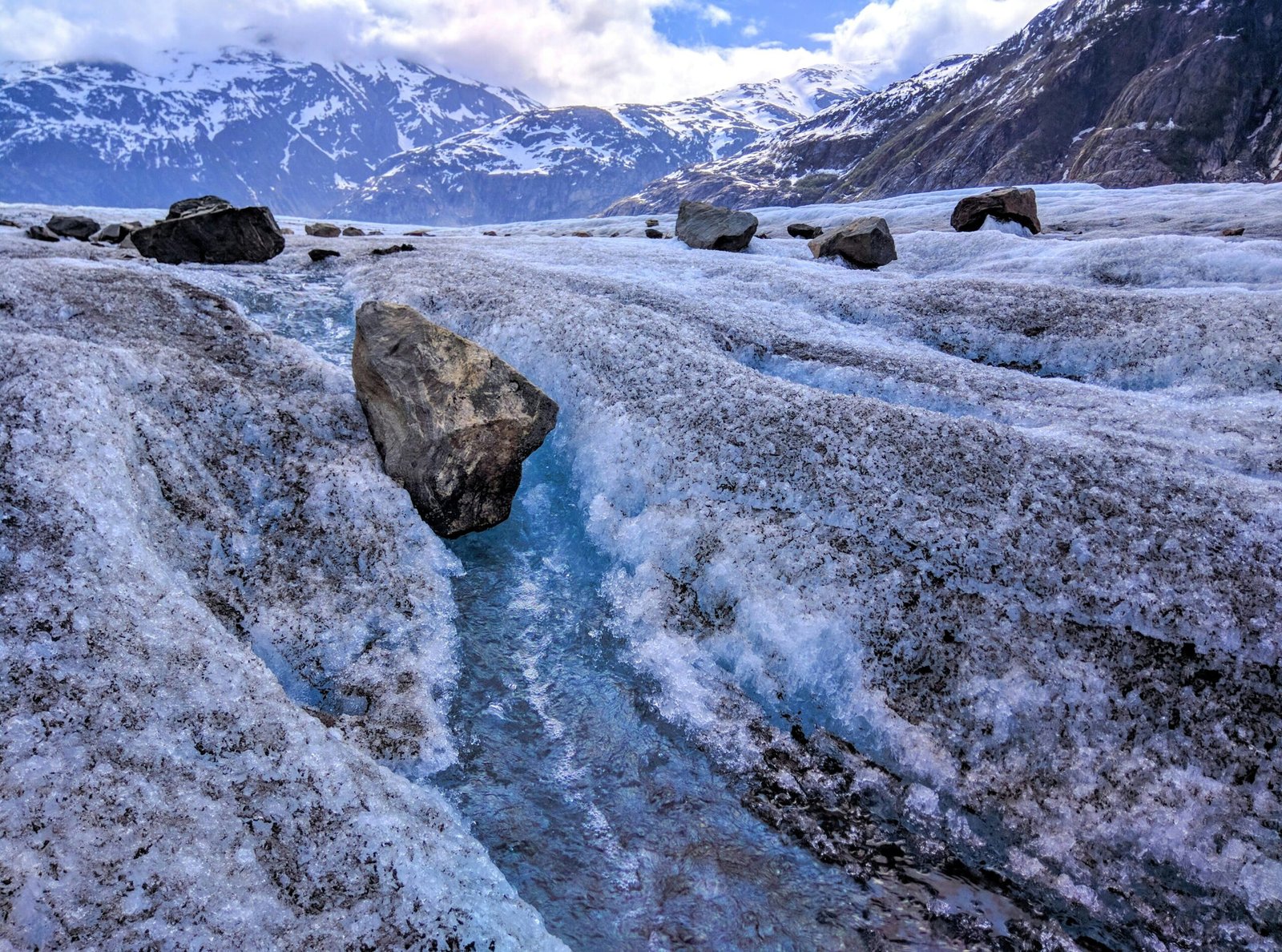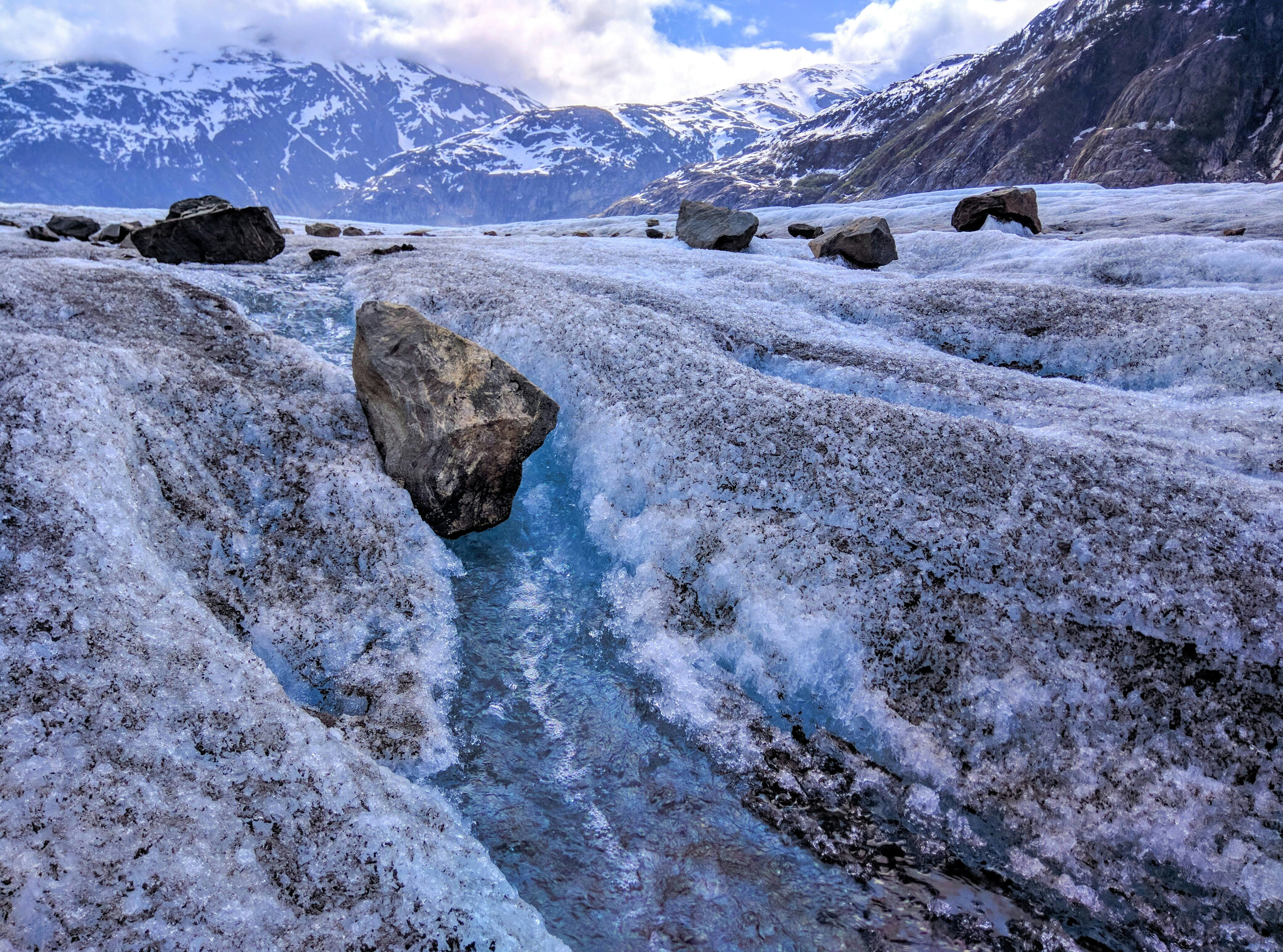Have you ever wondered about the allure of extreme cold plunges? The invigorating rush, the deep-rooted historical significance, and the transformative experiences people often share can be compelling reasons to try them out. However, like any powerful experience, approaching it with caution, respect, and the right knowledge is paramount to ensuring both enjoyment and safety. Let’s delve into this fascinating topic together and see how you can safely make the transition into this refreshing practice.
Understanding Extreme Cold Plunges
Before immersing yourself in icy waters, it’s crucial to grasp what extreme cold plunges entail. Traditionally, a cold plunge involves exposing your body to near-freezing temperatures, often following a session of intense heat, such as from a sauna. Originating from ancient traditions like Nordic saunas and Russian banya practices, cold plunges are believed to offer both physical and mental health benefits. However, as in any journey, understanding the terrain you’ll cross is essential for a rewarding experience.
The Science Behind Cold Plunges
The physiological effects of cold exposure on the human body are profound. When you submerge in cold water, your body goes through specific adaptations. The immersion stimulates the circulatory system and can lead to improved circulation and reduced inflammation. Cold plunges may also benefit your mental health, providing a natural boost of endorphins, thereby uplifting your mood. Researchers have noted that the cold exposure helps in building resilience, both physically and mentally. It’s important, though, to recognize the strain it puts on the body and approach it methodically.
Benefits of Extreme Cold Plunges
Many advocates of cold plunges praise the method for its myriad benefits, which include:
- Enhanced Circulation: Cold exposure causes blood to rush to vital organs, promoting efficient heart function.
- Inflammation Reduction: Athletes often use ice baths to reduce muscle soreness and inflammation following strenuous activities.
- Boosted Immune System: Regular cold plunges may stimulate the production of white blood cells, which help in fighting off illnesses.
- Stress Reduction: The immersion process encourages mindfulness and can significantly lower stress hormone levels.
- Improved Mood and Energy: Many individuals report feeling more alert and experiencing better moods after a cold plunge.
Preparing Mentally for Your First Plunge
Taking the first step into ice-cold water is as much a mental challenge as it is physical. It involves facing discomfort and uncertainty, and overcoming that initial fear. To mentally prepare, visualize yourself enduring the cold and emerging energized and refreshed. Remember, the key is not to resist the cold but to accept it, allowing your mind to settle into the experience.
Physical Preparations to Consider
Before attempting an extreme cold plunge, it’s wise to prepare your body:
- Acclimatization: Gradually reduce the water temperature of your showers over several weeks.
- Hydration: Ensure you are well-hydrated, as dehydration can exacerbate the cold’s effects.
- Breathing Techniques: Practice controlled breathing techniques, such as those popularized by Wim Hof, to help manage your body’s response to cold.
Steps to Transition Safely
Diving into extreme cold plunges isn’t something you’d want to attempt hastily. A structured, step-by-step approach can make the transition safer and more enjoyable.
Start with Short Exposures
Begin with brief exposures lasting no more than a minute or two. As you gain confidence and your body adjusts, slowly increase the duration. Always listen to your body and exit the water if you feel overly uncomfortable or experience any warning signs.
Know Your Limits
It’s paramount to recognize your limitations, both physical and mental. Cold plunges are not a test of endurance but rather an exercise in connectivity with your body. Assess how your body reacts, and don’t push beyond what feels manageable.
Use a Buddy System
Solo plunging can be risky, especially for beginners. Having a friend with you can enhance safety and provide support. If any issues arise, such as hypothermia signs, immediate assistance is invaluable.
Monitor and Respond to Your Body
Listening to your body is fundamental in cold plunges. Be aware of signs of hypothermia, such as shivering, numbness, confusion, or lack of coordination, and exit the water immediately if they occur. Your safety should always take precedence.
Transition Gradually
Once you are comfortable with brief exposures, extend the time gradually, allowing your body to build tolerance slowly. This incremental approach can prevent shock and other adverse reactions, facilitating a smoother transition.
Considerations and Precautions
Health Assessment
Before embarking on this chilly adventure, consider consulting with a healthcare professional to ensure it’s suitable for you, especially if you have preexisting health conditions, such as heart issues or respiratory problems.
Optimal Conditions for Plunging
Ensure that conditions for plunging are safe:
- Water Quality: Plunge in clean waters, free from pollutants or debris.
- Weather Conditions: Avoid plunging during storms or extremely windy conditions that could increase risk factors.
Adequate Post-Plunge Care
After exiting the plunge, it’s crucial to warm up slowly. Avoid hot showers immediately after as they can cause a shock to your system. Instead, dress warmly and gradually drink warm beverages to help restore body temperature.
Frequency of Plunges
Frequency depends on your individual goals and tolerance levels. Some people plunge daily, while others may prefer weekly sessions. Regularity is crucial, but so is listening to your body and adjusting as necessary.
Long-Term Strategies for Cold Plunge Enthusiasts
Building Tolerance
Building tolerance is a slow process but can be incredibly rewarding. Regular practice helps your body adapt over time, making each plunge less daunting. Remember, a consistent routine of controlled exposure aids in long-term acclimatization.
Tracking Progress
Keeping a record of your experiences can be beneficial. Note how you felt before, during, and after plunges, and track improvements in your mental and physical responses. This can provide insights and encouragement as you progress.
Join a Community
Joining groups or communities of cold plunge enthusiasts can be motivating. Sharing experiences, tips, and encouragement fosters a sense of camaraderie and learning and adds a social aspect to the practice.
Exploring the Mind-Body Connection
Cold plunging is not solely a physical practice. The mental resilience developed can transcend into other areas of life. You’ll likely find that the calmness and focus cultivated during a plunge carry over into managing day-to-day stresses more efficiently.
Cultivating Mindfulness through Cold Exposure
Cold plunging encourages mindfulness as you must remain present and focused. The practice strengthens your ability to cope with discomfort, improving overall mental fortitude. Integrating deep breathing and meditation can enhance these benefits.
Leveraging Cold Exposure for Personal Growth
Beyond the physiological effects, utilizing cold plunges as a metaphorical tool can promote personal growth. By consistently facing and overcoming discomfort, you can build resilience, patience, and perseverance in various life contexts.
Potential Challenges and How to Overcome Them
Overcoming Fear and Anxiety
Many practitioners face initial fear and anxiety regarding plunging into icy waters. Education and preparation can significantly alleviate these feelings. Approach each plunge with a sense of curiosity rather than apprehension. Visualization and positive affirmations also contribute to a satisfying experience.
Managing Post-Plunge Discomfort
It’s completely normal to feel some discomfort after your plunge. Ease back into warmth gradually, keep moving to raise your body temperature, and ensure adequate hydration. Engaging in light exercises can stimulate circulation and aid in recovery.
Ensuring Consistency
Like any wellness practice, the key to reaping cold plunging benefits lies in consistency. Commit to regular practice by scheduling sessions and adhering to them as much as possible. Forming a routine can help make the practice habitual and easier to maintain.
Finding Your Balance
Finally, remember that balance is vital. Extreme cold plunging should complement, not replace, other wellness activities like healthy eating, exercise, and adequate rest. Integrating cold plunges into a broader self-care routine ensures holistic health and well-being.
Conclusion
The journey to safely transition into extreme cold plunges is deeply personal and holds the potential to significantly enhance your physical health and mental resilience. By approaching the process mindfully, respecting your body’s signals, and progressively acclimating yourself, you can explore a new realm of self-discovery and wellness. As you ponder the powerful effects of an icy embrace, remember that each plunge is more than just a test of temperature—it’s an exploration of boundaries, strength, and ultimately, a celebration of life and its untapped capacities.
Embark on this frosty journey with measured steps, curiosity, and the readiness to unlock new dimensions of well-being within yourself.




